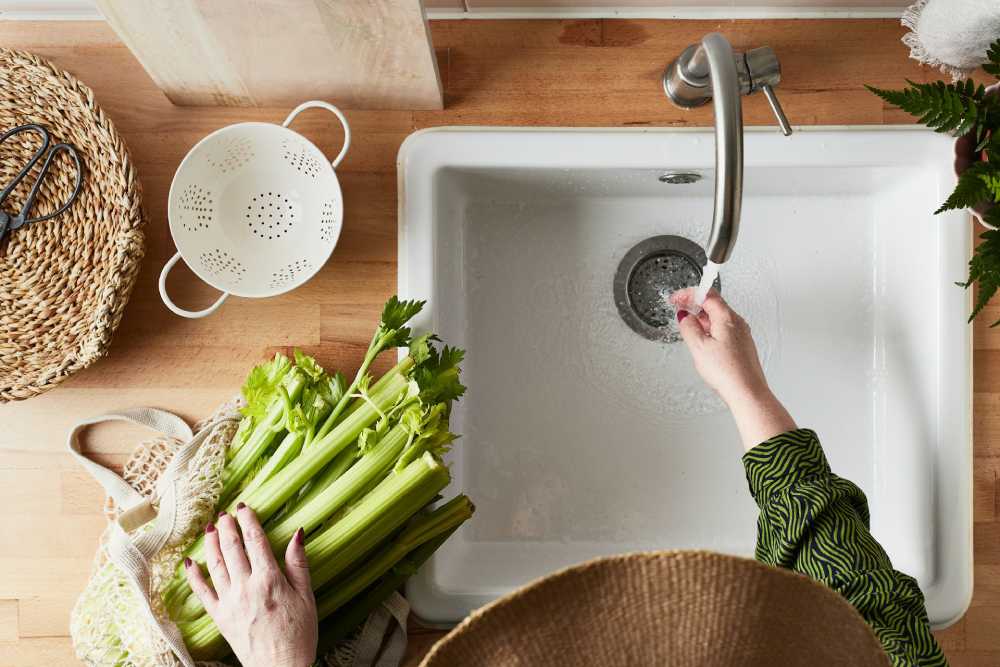Choosing the Right Sewer Line Repair Method for Your Home
Homeowners often face sewer line problems that require immediate attention. These issues can range from minor clogs to significant pipe damage, and choosing the correct repair method is crucial for ensuring a long-lasting solution.
But how do you know which method is suitable for your home? The method you choose can significantly affect the repair process and its impact on your property. Understanding the various available options will help you make an informed decision that best suits your needs.
By familiarizing yourself with different repair methods, you’ll be more confident in tackling these issues head-on, ultimately protecting your home’s value and functionality.
Contents
Signs You Need Sewer Line Repair
- Slow-draining sinks and bathtubs
- Unpleasant odors coming from drains
- Frequent toilet backups
- Wet spots in your yard
Identifying these indications in a timely manner can prevent significant harm and expensive fixes. If any of these problems are detected, take swift action to avoid additional issues. Consistently taking care of your equipment and staying alert for warning signs can allow you to catch issues before they become more serious.
For example, listening to unusual gurgling noises from your plumbing system could be an early indicator of a blockage or pipe issue. One popular and less invasive option is trenchless sewer line repair.
Traditional Sewer Line Repair Methods
The traditional approach involves digging up the damaged pipe and replacing it with a new one. While effective, this method can be disruptive and expensive. Heavy machinery is often required, leading to potential landscape damage.
If your property has extensive landscaping or hardscaping, this could add considerably to the cost and time for repairs. Additionally, traditional methods tend to be labor-intensive and time-consuming, which may result in more extended periods of inconvenience for homeowners.
Trenchless Sewer Line Repair Techniques
Trenchless methods are less invasive and often more cost-effective. Two popular trenchless techniques include pipe bursting and pipe relining. These methods require minimal digging and can be completed faster than traditional methods. For a comprehensive overview, read more here.
Pipe Bursting
Pipe bursting involves pulling a new pipe through the old, damaged one and fracturing the old pipe. This method is highly effective for severely damaged pipes and is less disruptive than traditional methods.
It allows for the replacement of larger sections of pipe without the need for extensive excavation, making it a viable option for homes with significant underground utility systems or landscaping features.
Pipe Relining
Pipe relining requires inserting a resin-coated flexible tube into the pipe that has been damaged. The resin solidifies, forming a fresh pipe inside the existing one. This method is beneficial for pipes with minor damage and leaks.
It forms a durable, jointless line inside your existing pipe that can significantly extend the lifespan of your sewer system. Pipe relining is frequently finished within one day, reducing interference with your daily schedule.
Factors to Consider When Choosing a Repair Method
- Extent of the Damage: A detailed examination can ascertain if a small fix or a total replacement is necessary. Damaged beyond a certain point may necessitate trenchless methods like pipe bursting. Consulting a professional for a detailed assessment will give you a clear understanding of the damage and the most appropriate repair approach.
- Cost: Financial limitations can have a major impact on your choice. While trenchless methods may seem expensive upfront, they can save money in the long run by preserving existing landscaping and infrastructure. Consider the overall value, including long-term maintenance costs and the potential impact on your property’s resale value.
- Landscaping: If you have a beautiful garden or yard, trenchless methods can preserve your landscaping better than traditional ones requiring extensive digging. The aesthetic and environmental benefits of maintaining your landscape can also provide indirect financial savings.
Consulting a Professional
It’s always a good idea to consult a professional plumber before deciding. They are able to offer a professional evaluation and suggest the most suitable plan of action. An in-person inspection can offer insights you might have yet to consider, helping you make an informed choice.
Professional plumbers have the experience and knowledge to tailor their advice to your situation, potentially uncovering hidden issues that could affect your final decision.
Common Myths About Sewer Line Repair
Many homeowners believe that all sewer line repairs are costly and invasive. However, modern techniques have made repairs more affordable and less disruptive. For instance, the common perception that trenchless methods are exorbitantly priced is often unfounded, especially considering long-term benefits.
Additionally, there is a misconception that trenchless methods are less durable than traditional techniques, but advances in materials and technology have proven these methods to be equally reliable.
Conclusion
Choosing the proper sewer line repair method involves understanding the options available and their impact on your home. Whether you opt for traditional methods or modern trenchless techniques, the goal is to resolve the issue efficiently and effectively.
Remember, timely intervention is critical to minimizing damage and cost. Being proactive and informed can ensure that your home’s sewer system remains functional and reliable for years.

